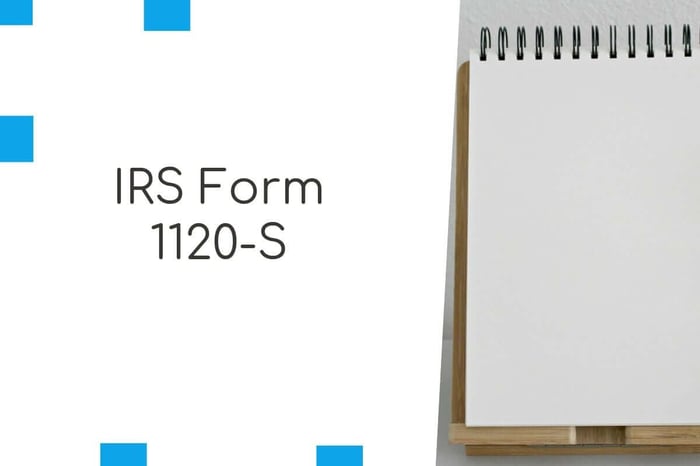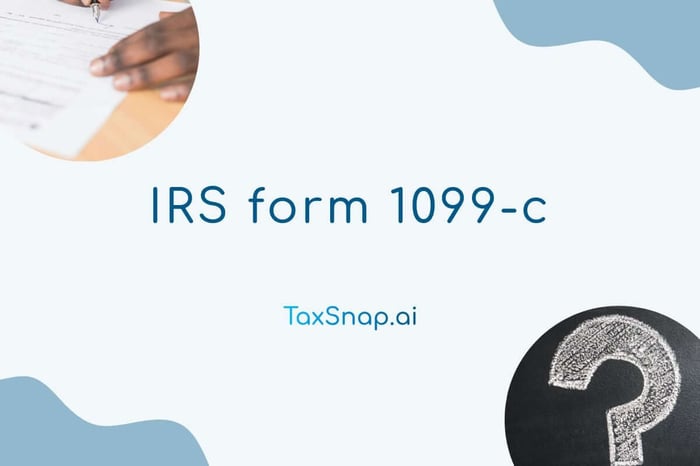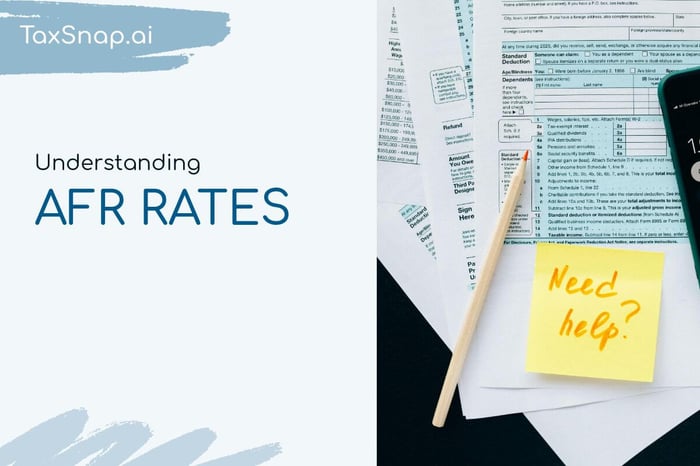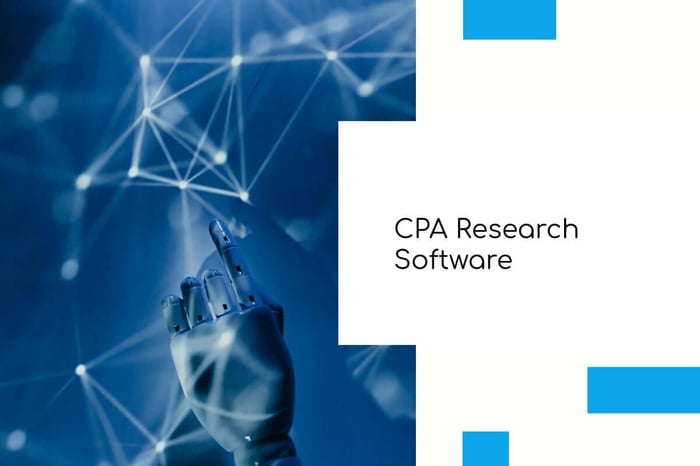What is IRS Form 1120-S?
Form 1120-S is the tax form that S corporations use when filing their income tax return to report their income, gains, losses, deductions, credits, and finally to calculate their income tax liability and net income. In effect, it is the annual income tax return for an S corporation. Note that this is different from Form 1120, which reports corporate tax for C corporations.
Who is Required to File Form 1120-S for an S Corporation?
An entity will need to file Form 1120-S if the corporation or other entity has successfully elected to be an S corporation by filing Form 2553, the IRS has accepted this election, and the S corporation election remains in effect for the tax year in question.
It is important to remember not to file Form 1120 if the election had not taken effect in the tax year in question, or if the entity has elected a different status.
How to Complete Form 1120-S Step by Step
We're going to reiterate the previous point: the very first thing to do as a tax professional before completing the Form 1120-S is to confirm that the Internal Revenue Service has accepted the S corporation status. Contact the IRS at 800-829-4933 if you are unclear about federal tax status of the entity in question.
After confirming that the IRS has accepted the election, you will use Form 1120-S to identify the tax due and report income for the corporation's tax year. You will need to collect relevant forms such as Form 8825 for rental real estate income and expenses, Form 1125-A for cost of goods sold, or forms related to specific credits like Form 8941 for small employer health insurance premiums.
The above is simply an example. Not all entities may need all of the above forms, and they do not provide a comprehensive list of forms a given entity may need.
What if I Missed the S Corporation Election Deadline?
If you missed the deadline for Form 2553 and still filed the income tax return with Form 1120-S, will need to file the correct return based on the entity's actual status for that tax year, as the IRS will reject the return.
The deadline for S corporation election depends on if the entity is a new entity or an existing one.
For entities formed in 2024, the deadline is within 2 months and 15 days of the beginning of the business's tax year.
For entities formed prior to calendar year 2024, the due date was March 15th. Obviously if filed and accepted in the previous year, e.g. 2023, then that meets the deadline.
If you believe your client has a compelling reason for late election, the Internal Revenue Service will accepts cases for late election relief.
Understanding Schedule K-1 for S Corporations
After completing Form 1120-S, then prepare a Schedule K-1 for each individual shareholder to show their pro rate share of income, credits, and deductions. The K-1 is then what the shareholder uses to report their personal income when they file their personal tax return e.g. Form 1040.
What is Schedule M-3 and Do I Need to File it?
Schedule M-3 is relevant for entities reporting over $10 million of total assets on Schedule L of Form 1120-S. Its purpose is to provide the Internal Revenue Service with a more detailed reconciliation of a corporation's book income to its income for tax purposes.
Basically, it helps the IRS understand differences between the financial accounting and the tax accounting.
What is the Difference Between Form 1120 and Form 1120-S?
The core difference is that Form 1120 is for C corporations, and Form 1120-S is for S corporations. Since S corporations are taxed as pass-through entities, entities filing as such are not subject to "double taxation." Conversely, C corporations pay federal income tax on income, and shareholders are also subject to relevant tax on any dividends the C corporation pays them. Hence the moniker of "double taxation."



